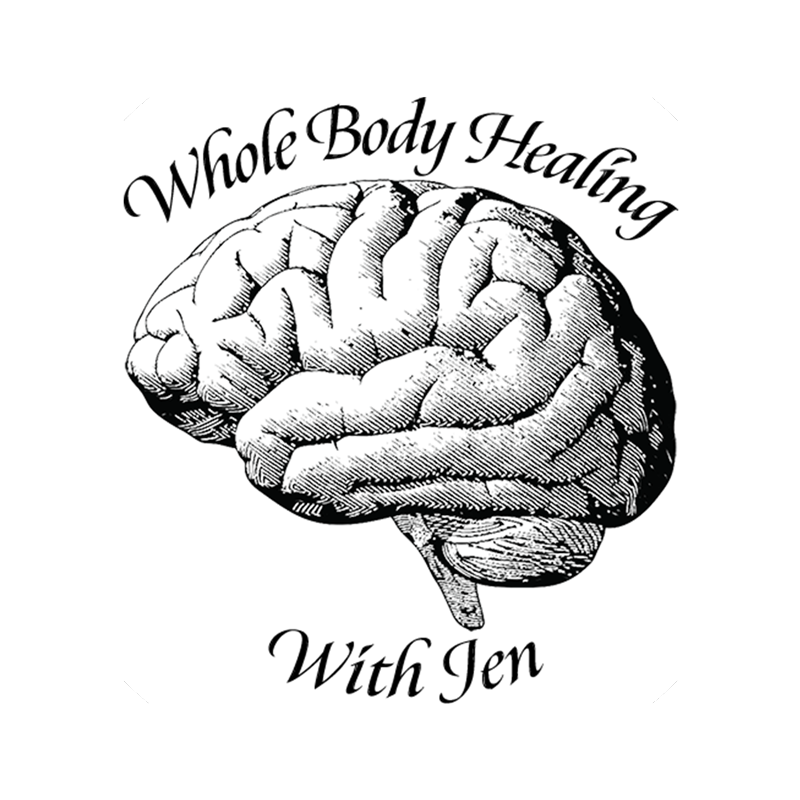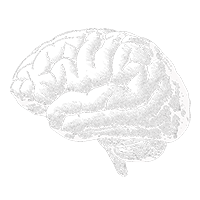Understanding Dysautonomia
I am always reluctant to write posts about particular conditions because the reality is, a diagnosis does not give us any information about the root cause of the problem or what we can do to reverse the symptoms. However, dysautonomia and it’s various sub types have become so distressingly common and people are not getting proper answers or solutions. The conventional approach is just symptom management, something we at Whole Body Healing do not accept!
How does dysautonomia start?
Generally speaking, I see three primary triggers to dysautonomia in my practice. One is post infection, often a viral infection but it could be an injection, a parasite, or a bacteria as well. This is what occurred for me: I started getting dysautonomia symptoms after developing shingles in my mid 20’s. Another way dysautonomia can be triggered is from a severe trauma or physical stressor, or even a physical injury. Any kind of spinal injury from a shock trauma like a car accident that impinges the vagus nerve, but also from a massive loss or grief, or severe over exercising. I have seen people develop dysautonomia after training for marathons, for example. The last one would be familial dysautonomia, and this is generally people who had these symptoms since childhood, and maybe their sister, mom, uncle and grandma all had symptoms too. Familial is more genetic, but it can still be reversed as genetics are modulated by our gut health and nutrient status.
What are the symptoms of dysautonomia?
There are many possible symptoms of dysautonomia and multiple different ways that they manifest. An excellent run down of all the different specific subtypes and associated symptoms can be found on the Dysautonomia Project, and I won’t be getting into all those details in this article. However, an important thing to note is that the symptoms are often vague and non specific but debilitating. Conventional doctors often balk at the descriptions their patients have of their symptoms, and brush it off as anxiety or other mental health symptoms. This has caused a major gap in services: a massively growing client base, and doctors that either don’t believe the condition exists or has no answers but to throw often ineffective medications at the problem.
So what is dysautonomia? In its essence, it refers to dysregulation of the autonomic nervous system. Some people believe it may even be an autoimmune response in the adrenal glands, causing dysregulated release of stress hormones. Regardless, this condition effects the most primal parts of our brain- the regulatory factors that should be happening subconsciously. This includes digestion, breathing rate, heart rate, temperature regulation, acid-base regulation in the kidneys, etc. This is the pattern that connects all the myriad potential symptoms of dysautonomia together: the functions that should be happening automatically are dysregulated, leading to distressing symptoms that feel out of control.
Symptoms I had included low blood pressure, heart rate irregularities, lightheadedness, muscle weakness, fatigue, and temperature regulation issues. Many people also have dizziness, visual and auditory disturbances, neuropathy or sensations or buzzing or vibrating, circulation issues causing blood pooling in the feet and legs, digestive issues, and more. Dysautonomia commonly overlaps with hypermobility and mast cell activation, as well as autism, ADHD, and PTSD.
The symptoms can vary significantly in severity, from being able to work and go about life but just having to be cautious about over exertion to being completely bed bound or house bed.
How do we recover? We have to circle back and look at the underlying root causes. The first I’m going to talk about is life experience related to temperament, stress, and trauma. Many people who develop dysautonomia come from a family situation which caused them to develop tendencies towards high anxiety and constantly worrying or care taking others. Dysautonomia can develop after a big grief or shock trauma, or just after a lifetime of smaller or “developmental” traumas in which people did not have their emotional needs met growing up. People who develop these conditions tend to have a history of over exercising, dieting, veganism, excessive caffeine use, or psychiatric medication use. They have personalities that cause them to strive for perfectionism and lack basic self care and stress management skills. The nervous system interprets all of these factors as being constantly in danger. Severe dysregulation of the nervous system can be the result. People with dysautonomia are generally stuck in a chronic freeze state in the nervous system, or bouncing back and forth between fight or flight and freeze. The world becomes a place of danger and dissapointment, which feeds into the underlying disorder. Therefore, addressing trauma release, nervous system regulation, and repetitive thinking patterns is essential for recovery.
The gut microbiome is a major player as well. Many people develop dysautonomia after a major infection. There is a powerful connection between the gut and the nervous system. In fact, the majority of our nervous system is entwined in our gut lining! If there are chronic infections sending toxic metabolites and other dysregulated chemical signals into the nervous system, issues in our autonomic functions can result. Our nervous system and gut function in a dynamic interplay, and a chronic infection (also known as gut dysbiosis) can wreak havoc on this relationship. An acute infection can be the final straw when underlying gut issues were likely brewing for many years under the surface.
We absorb our nutrients in our digestive tract, so we must have a healthy gut lining as well as a robust and balanced bacterial population in order to break down and absorb our food properly. We need key minerals, B vitamins and amino acids to orchestrate a properly functioning autonomic nervous system. If we are not getting enough of these nutrients consistently, the function of the nervous system can start to break down, causing a myriad of neurological symptoms. Eating a nutrient dense diet particularly high in B vitamins and amino acids is key to recovery, and supplementation may also be necessary.
What does this look like in practice?
-TRE, or Tension and Trauma Releasing Exercises, is a very effective modality because it helps rebuild your relationship to your own nervous system, as well as gives you a vehicle to release trauma and stress from the nervous system without having to delve into distressing trauma therapy. I have used this with great success with my dysautonomia clients, and it was a major piece in my own recovery.
-Neuromeditation is a method of approaching meditation using very specific techniques to shift your brain waves into a more optimal state for healing and recovery. Mike Welch, my husband and one of our Rebuild Yourself coaches, is a certified instructor for this modality and we see incredible changes in our clients from implementing these techniques.
-Gut rebuilding diets, designed to refeed high levels of amino acids and B vitamins, as well as rebalance the gut microbiome and stimulate regeneration of nervous tissue, are an essential component of recovery. You can access the diet through any of my mini courses or my book.
-Lifestyle/routine, including resetting circadian rhythm, gentle detox support, and other practices are key.
The reality is, healing from conditions such as this is multifaceted, and you have to have the openness and willingness to transform yourself. Part of the reason I recovered (and I see this over and overe again in my clients who have the most successs), is that I saw my illness as an opportunity to surrender and really truly transform. You have to be willing to think differently about yourself, the world, and become someone different. People who recover develop a deep sense of peace and comfort in themselves and in the world.
While the steps may look simple, they can be difficult to implement. We are here to support you in this process. Our intensive coaching program Immune Resilience takes you step by step through making these powerful changes in your diet and lifestyle. It is a beautiful and supportive community and we would love you to join it! Find out information by clicking on the intensive coaching tab on our website.


